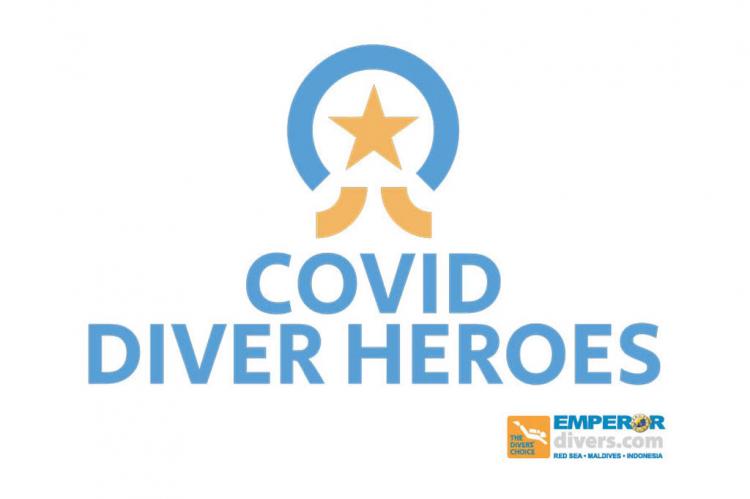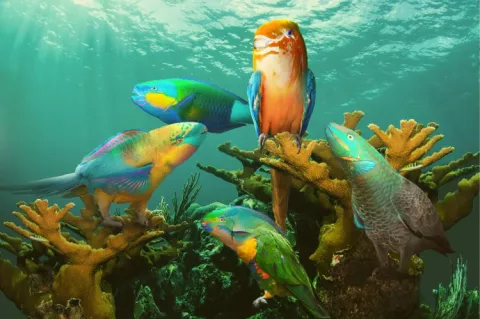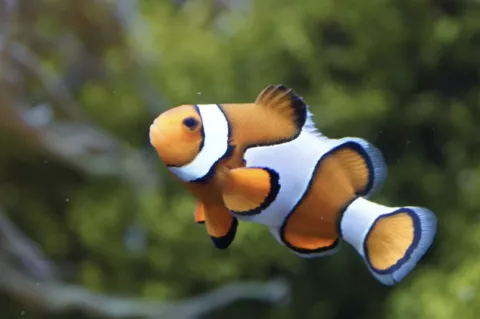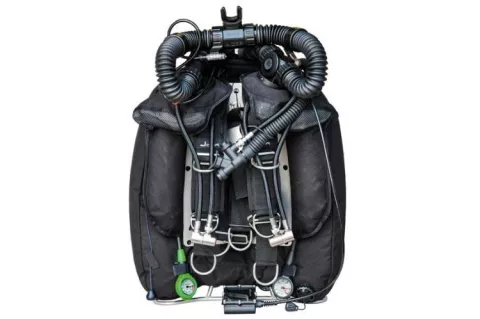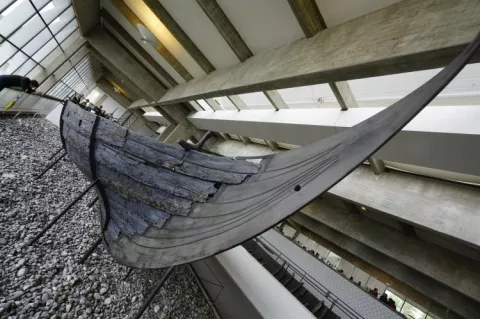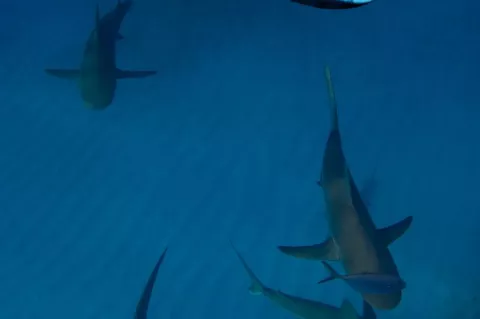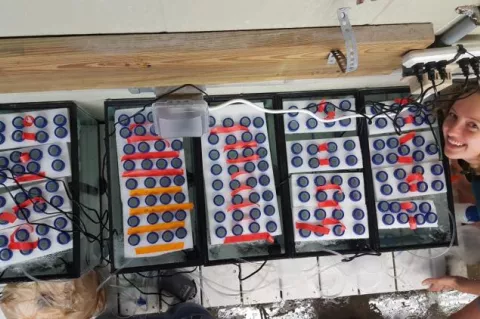May 2021
Welcome to Denmark
We have more than 7,300km (4,536mi) of coastline here in Denmark, so no matter where you are in our country, the sea is not far away.
Dray Van Beeck Portfolio
In this issue, we celebrate Dutch digital artist and dive professional Dray van Beeck, who passed away suddenly on 19 April 2021. Together with his wife, Karin, he managed the Bali Diving Academy Pemuteran in Indonesia. A fine artist, avid diver and underwater photographer, Dray created surreal and fantastical scenes in digital artworks composed using his own underwater images.
Clownfish at different anemones get stripes at different rates
Scientists have discovered that how fast the white stripes that run down the clownfish’s body develop depends on the sea anemone it lives in.
Specifically, they found out that the clownfish living in the giant carpet anemone and those living in the magnificent sea anemone develop stripe patterns (called “bars”) at different speeds as they matured from the larval to the adult stage.
Bonaire Welcomes Back US Flights
After a long break in operations during the pandemic, the two airlines will resume weekly Wednesday and Saturday flights. The news comes as a response to a strong demand from both US visitors longing to visit the Bonaire and from our tourism sector and entire community eagerly awaiting their arrival.
Dive Industry in Denmark: The JJ-CCR Story
Some 80km south of Copenhagen, about one hour’s drive, in what appears to be just some ordinary and inconspicuous farm buildings surrounded by fields out in the countryside, we find JJ-CCR—manufacturer of world-renowned closed circuit rebreathers.
Denmark: Marine Archaeology
Trading and transport by sea goes back to prehistoric times. Stone Age settlements and canoes, Viking ships, medieval cogs, fluyts, tall ships, warships, defence systems, jetties, harbour installations and aircraft wrecks—Denmark has got it all.
Sharks can navigate via Earth's magnetic field
Since at least the 1970s, researchers have suspected that the elasmobranchs—a group of fish containing sharks, rays, skates, and sawfish—can detect magnetic fields. But up till now, no one had shown that sharks use the fields to locate themselves or navigate.
By exposing sharks to certain magnetic cue, researchers from Florida State University have now managed to demonstrate not only that sharks have an ability to detect Earth’s magnetic field but moreover that they are able to use it to travel long distances with accuracy.
Velkommen til
We have more than 7,300km (4,536mi) of coastline here in Denmark, so no matter where you are in our country, the sea is not far away.
Resilience pays off in oyster research
Researchers led by Louisiana State University (LSU) alumna Joanna Griffiths from Portland, Oregon, and her faculty advisor LSU Department of Biological Sciences Associate Professor Morgan Kelly reveals why some oysters may be more resilient to freshwater than others.
Griffiths wanted to find out whether, due to transgenerational plasticity, oysters that lived in low salinity would have offspring that was more resistant to low salinity.
Transgenerational plasticity occurs when a generation’s flexibility is passed on to the next generation.


